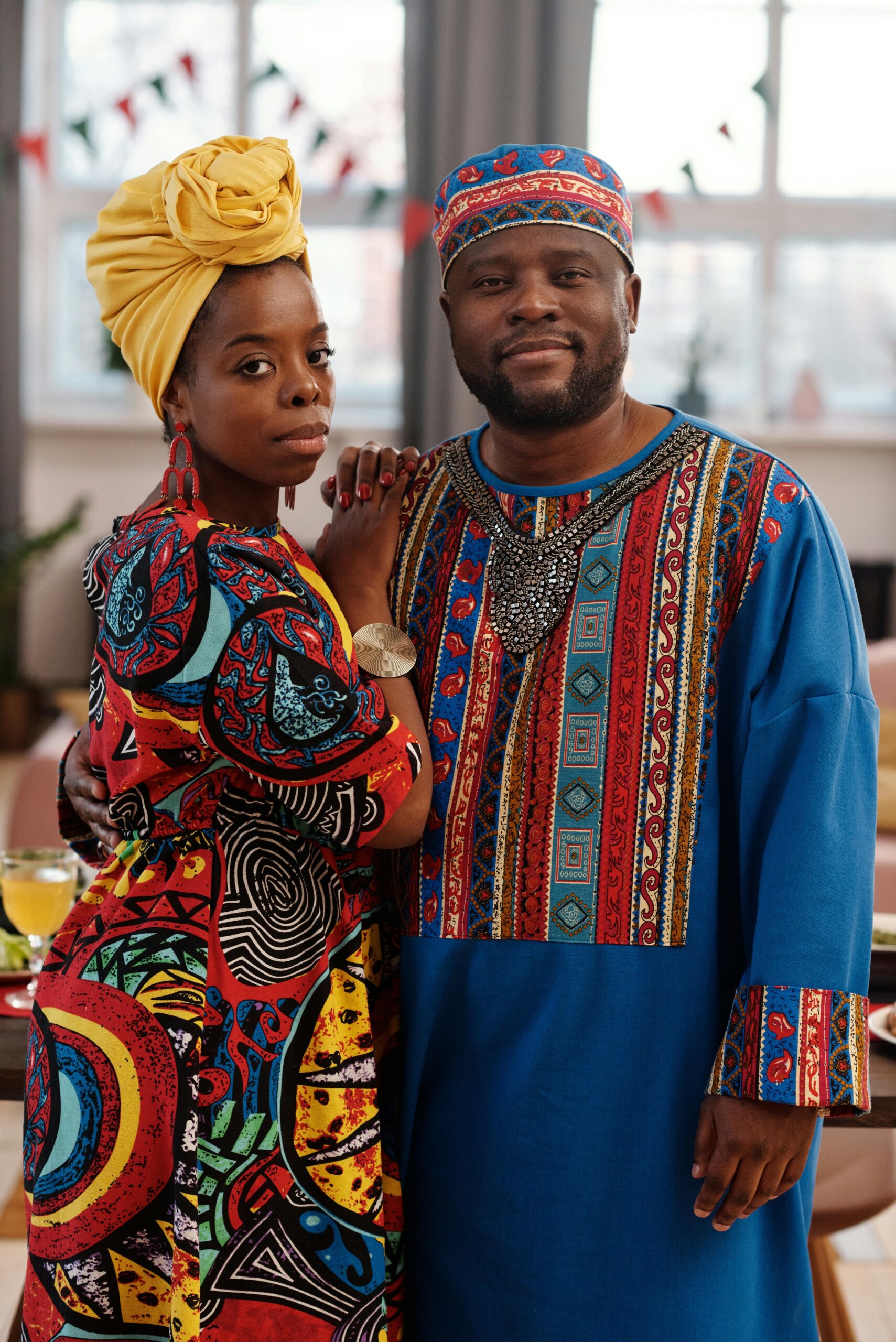The Impact of Cultural Differences on Relationships: Embracing the Beautiful Challenge
Relationships are already a delicate dance of love, communication, and compromise. Now, throw in cultural differences, and the dance can get even more interesting, and yes, sometimes tricky! But don’t worry—navigating cultural diversity in relationships can be one of the most rewarding experiences, if you approach it the right way.

1. The Beauty of Diversity:
Imagine you’re dating someone from a completely different cultural background. From food to music, festivals to family traditions, you’re constantly learning something new! Isn’t that exciting? You get to experience the world through someone else’s eyes, broadening your own understanding and appreciation of their culture.
However, while this cultural exchange can be exciting, it can also come with a few bumps. For instance, what’s a simple dinner at your place might be something quite different in your partner’s culture. But that’s part of the fun! It’s all about learning and growing together.
2. Communication Gaps:
Communication is already a cornerstone of any healthy relationship, but cultural differences can make it even more crucial. What might be a casual comment in one culture could come across as offensive in another. For instance, in some cultures, directness is valued, while in others, people prefer to communicate in a more roundabout, subtle way.
If you notice your partner reacting differently to certain conversations, it might be a good idea to ask about how things are perceived in their culture. A quick chat like, “Hey, how does your culture typically handle situations like this?” can help bridge the gap. It’s all about curiosity and openness.
3. Family Expectations:
One of the biggest challenges can come from family expectations. Every culture has its own set of values, traditions, and expectations, and these often come into play in relationships. For example, your partner’s family might have different ideas about marriage, gender roles, or even how holidays are celebrated.
This is where understanding and compromise come into play. It might mean finding a way to honor both of your family traditions or even starting new traditions that represent both cultures. Don’t be afraid to have open discussions about how to balance family expectations while staying true to what works best for *both* of you as a couple.
4. Conflict Resolution Styles:
How you resolve conflicts can also be influenced by cultural backgrounds. Some cultures encourage open debate and argument to solve issues, while others prefer to keep things calm and avoid confrontation. If you’re both from different sides of this spectrum, it can cause misunderstandings.
Instead of trying to win an argument based on your own cultural approach, take the time to understand how your partner deals with conflict. You can ask, *“How does your culture approach disagreements? Let’s find a middle ground that works for us both.”*
5. Religion and Beliefs:
Cultural differences often include religious beliefs. For some couples, religion is a core part of their lives, and differing religious practices can sometimes feel like a barrier. But it doesn’t have to be. If you’re in a relationship where your religious beliefs differ, it’s important to talk openly about how these beliefs will influence your relationship, especially if it’s serious or you’re thinking about the future.
For example, will religious holidays be celebrated from both perspectives? Will children, if any, be raised with one or both religions? These are big conversations but having them early can prevent misunderstandings later on.
6. The Role of Food and Traditions:
Here’s a lighter but still significant point—food! Different cultures have unique food preferences and traditions that can sometimes clash. If your partner loves spicy food but you can barely handle a mild pepper, this could turn into an ongoing joke (or a serious compromise!).
It’s the same with cultural traditions. Whether it’s celebrating specific holidays or following rituals that are unfamiliar, there’s a lot to learn. The key is to approach these differences with an open mind and excitement to try new things. Who knows, you might just fall in love with their favorite dish or holiday!
7. Language Barriers:
If you and your partner speak different languages or have different first languages, this can sometimes lead to misunderstandings. Even if you’re both fluent in a common language, there might still be phrases or expressions that don’t quite translate.
The key here is patience! If something gets lost in translation, take the time to clarify, and always remember that you’re learning from each other.
8. Strengthening the Relationship:
Ultimately, cultural differences can either bring you closer or push you apart. It all depends on your mindset. If you approach your partner’s culture with respect and a willingness to learn, you’ll likely find that your relationship becomes stronger.
Don’t see these differences as obstacles, but as opportunities to grow together. The more you understand where your partner comes from, the deeper your connection will be.
Final Thoughts
Cultural differences in relationships don’t have to be deal-breakers. In fact, they can enrich your relationship in ways you never imagined. The key is open communication, respect for each other’s backgrounds, and a willingness to compromise. When you embrace the differences, you not only build a stronger relationship, but you also get the chance to explore the world from a whole new perspective.


